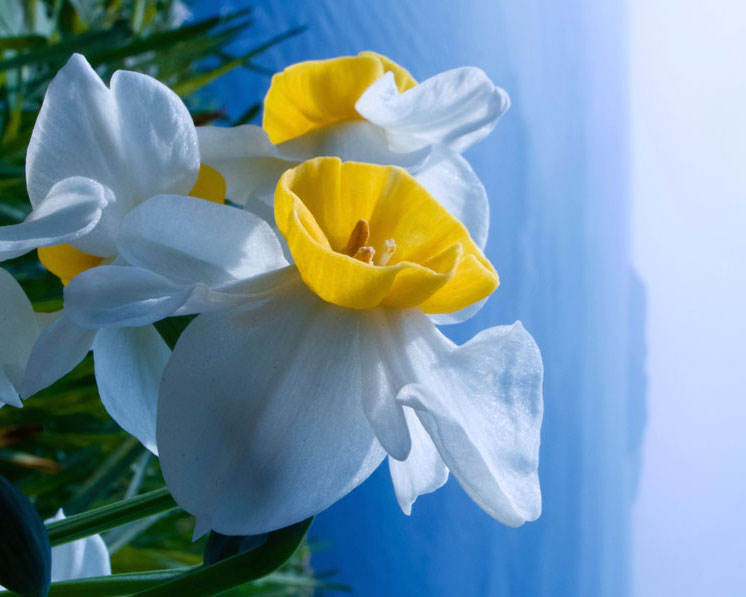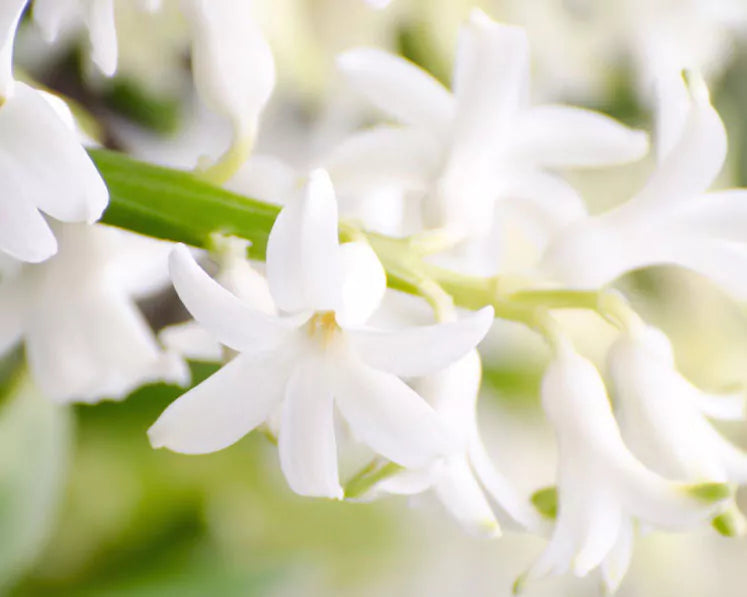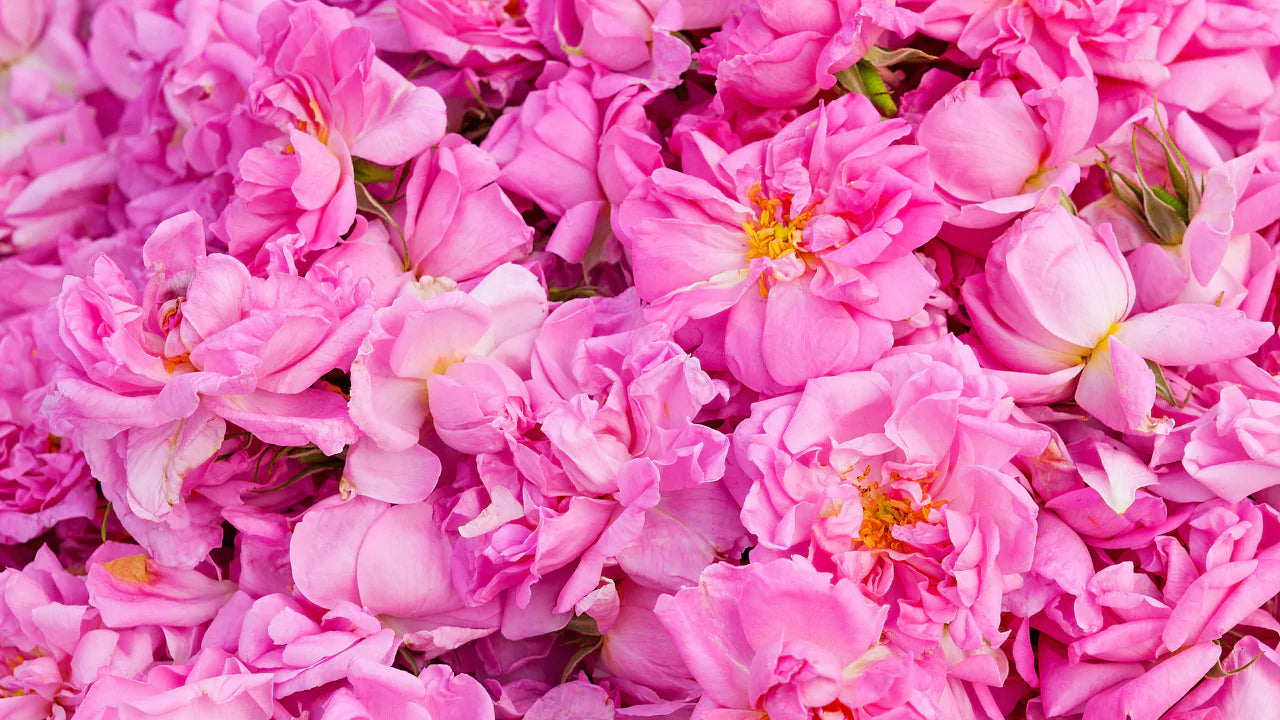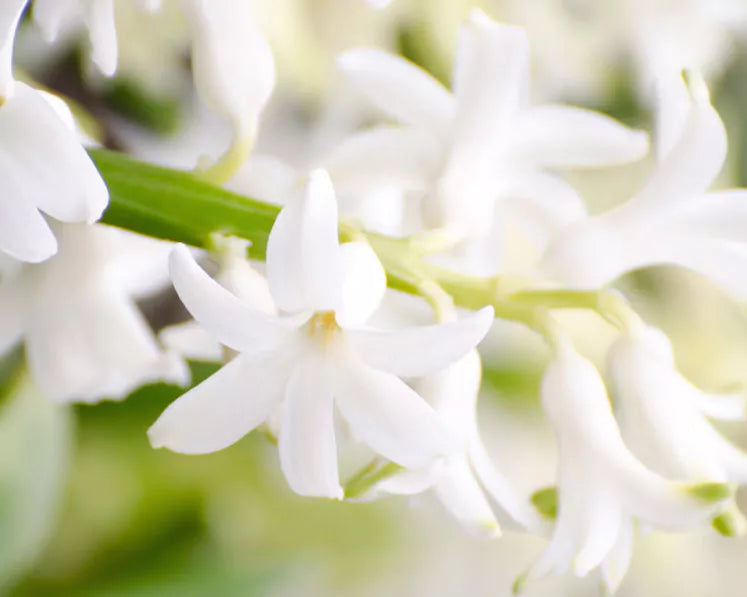White flowers are some of the most beautiful flowers. Their heady, exotic, spicy and sweet scent fills a room in no time. How are these ingredients used in perfumery? In this post, we will explore five of the most fragrant flowers used in perfumery.
Jasmine in Perfumery
Jasmine has long been known as the king of flowers with rose being the queen. The scent of jasmine is best described as heady, spicy, slightly sweet and fruity and of course, beautifully animalic. The animalic facet is one of the reasons the smell of white flowers is addictive to some and revolting to others.
Like most florals in perfumery, the absolute of the flowers is obtained via solvent extraction for use in perfumery. Jasmine absolute is a viscous brown or yellow liquid. It takes around 750 kg of flowers to obtain just 1 kg of absolute extract making it one of the most expensive raw materials in perfumery. For this reason, the scent of jasmine is often recreated synthetically. There is so much that can be said about jasmine absolute which would take up an entire blog post in itself.
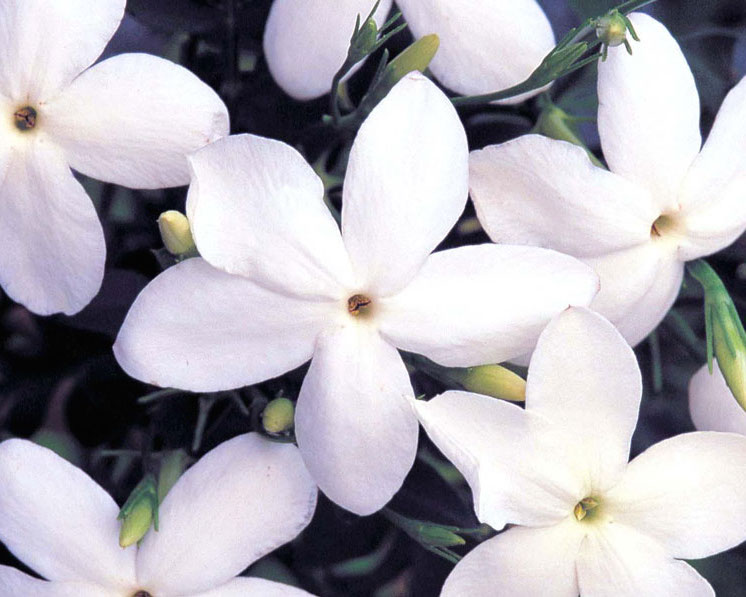
Tuberose in Perfumery
Tuberose absolute is a heady, spicy, creamy and exotic floral ingredient. It is one of the most expensive raw materials in perfumery. This is due to the large volume of flowers (approximately 3600 kg) needed to extract the tiniest amount (0.5 kg) of absolute. The natural extract of tuberose would only be used in the tiniest amount. Chances are the tuberose scents you have encountered are actually reconstitutions.
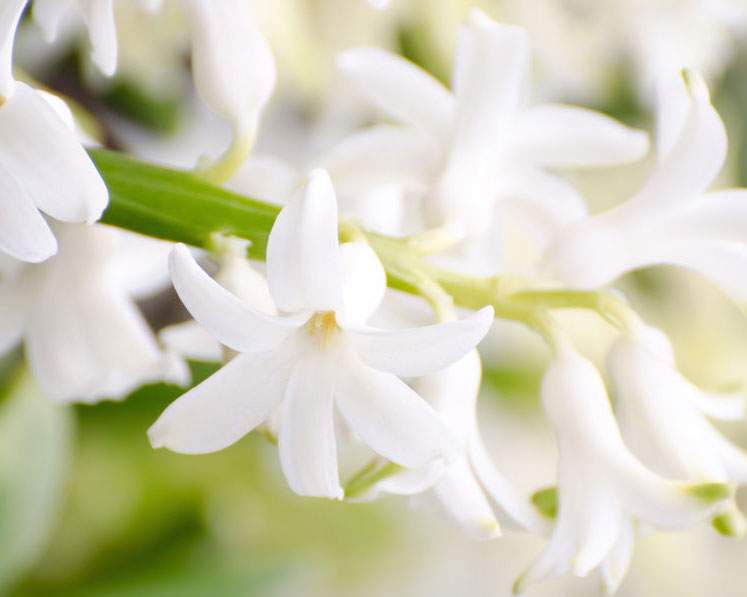
Ylang Ylang in Perfumery
Ylang ylang oil is found in several forms: the ‘extra’ and ‘first’ extracts are the most refined, the ‘second / II’ and ‘third / III” extracts are less so. Only 400 kg of flowers is needed to produce 1 kg of oil making it one of the most affordable naturally extracted white flower raw material.
The true nature of ylang ylang is difficult to recreate synthetically, even with the best extracts and molecules. Similar ingredients used to recreate the smell of jasmine can be used in ylang ylang accords. The incorporation of salicylates (benzyl, hexyl and methyl) in these accords is important as these molecules bring the unique “solar” and exotic notes of ylang ylang. Thanks to their soft and mild balsamic scent, salicylates also add a creamy effect to the accord.

Frangipani in Perfumery
The scent of frangipani is best described as exotic, tropical, heady, ‘solar’ (sun-kissed), lactonic, jasmine and tuberose-like, and sweet; with notes of apricot, peach and hints of lemon. The reconstitution is most often used in perfumery using blends of lactonic fruity notes, such as coconut; ‘solar’ notes, such as salicylates, and white flower notes. These flowers are usually solvent extracted to obtain the absolutes as with most white flowers.
The term ‘frangipani’ actually comes from the name of a perfume created by a 16th century Italian master glover-perfumer. The perfume was created with a mix of orris, spices, civet and musk – no actual Plumeria flowers – and mixed in wine to be used on scented gloves, known as ‘Frangipani Gloves’. The Plumeria flowers were named frangipani after a French colonist happened upon them in the West Indies and noted that the scent of the flowers were reminiscent of the Frangipani Gloves.
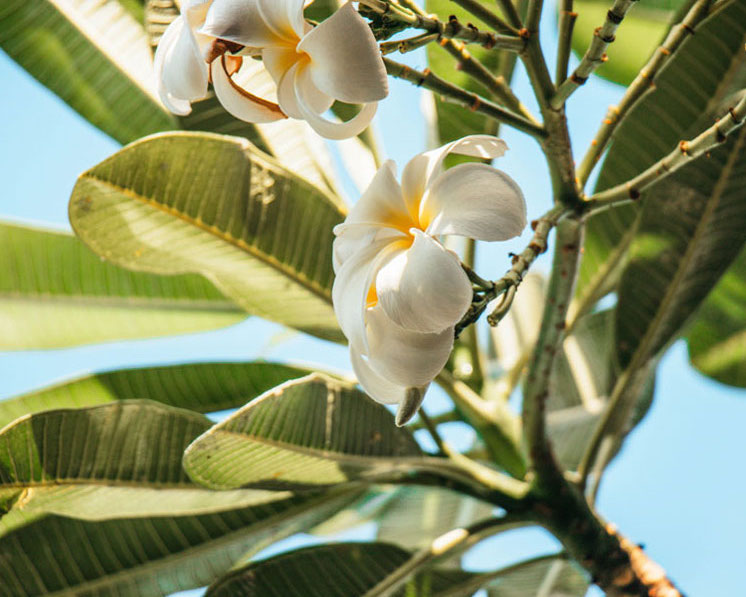
Narcissus in Perfumery
Like its other white flower counterparts, the scent of narcissus is rich, heady, spicy and animalic. What sets it apart is its added green, honey- and hay-like notes. It is also notably sweeter than other white flowers.
This raw material comes at a hefty price tag. It takes nearly 500 kg of flowers to obtain just 1 kg of ‘concrete’ or 300 g of absolute. Narcotic though its scent, perfumers should proceed with caution when using this ingredient, as it is very powerful and just a tiny little touch is required or the scent will overwhelm.
